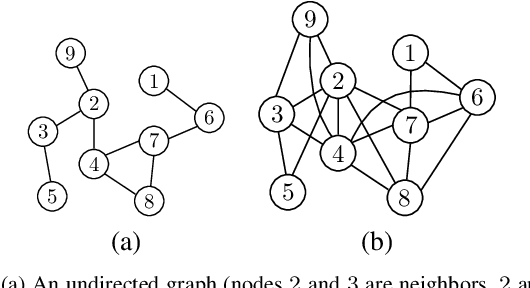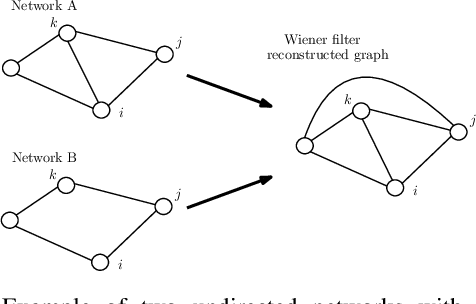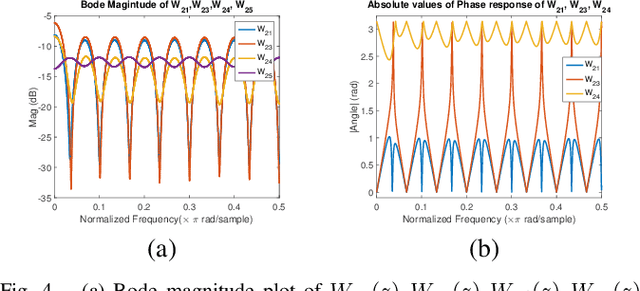Sandeep Attree
Gendered Ambiguous Pronouns Shared Task: Boosting Model Confidence by Evidence Pooling
Jun 03, 2019



Abstract:This paper presents a strong set of results for resolving gendered ambiguous pronouns on the Gendered Ambiguous Pronouns shared task. The model presented here draws upon the strengths of state-of-the-art language and coreference resolution models, and introduces a novel evidence-based deep learning architecture. Injecting evidence from the coreference models compliments the base architecture, and analysis shows that the model is not hindered by their weaknesses, specifically gender bias. The modularity and simplicity of the architecture make it very easy to extend for further improvement and applicable to other NLP problems. Evaluation on GAP test data results in a state-of-the-art performance at 92.5% F1 (gender bias of 0.97), edging closer to the human performance of 96.6%. The end-to-end solution presented here placed 1st in the Kaggle competition, winning by a significant lead. The code is available at https://github.com/sattree/gap.
Learning the Exact Topology of Undirected Consensus Networks
Sep 29, 2017



Abstract:In this article, we present a method to learn the interaction topology of a network of agents undergoing linear consensus updates in a non invasive manner. Our approach is based on multivariate Wiener filtering, which is known to recover spurious edges apart from the true edges in the topology. The main contribution of this work is to show that in the case of undirected consensus networks, all spurious links obtained using Wiener filtering can be identified using frequency response of the Wiener filters. Thus, the exact interaction topology of the agents is unveiled. The method presented requires time series measurements of the state of the agents and does not require any knowledge of link weights. To the best of our knowledge this is the first approach that provably reconstructs the structure of undirected consensus networks with correlated noise. We illustrate the effectiveness of the method developed through numerical simulations as well as experiments on a five node network of Raspberry Pis.
 Add to Chrome
Add to Chrome Add to Firefox
Add to Firefox Add to Edge
Add to Edge